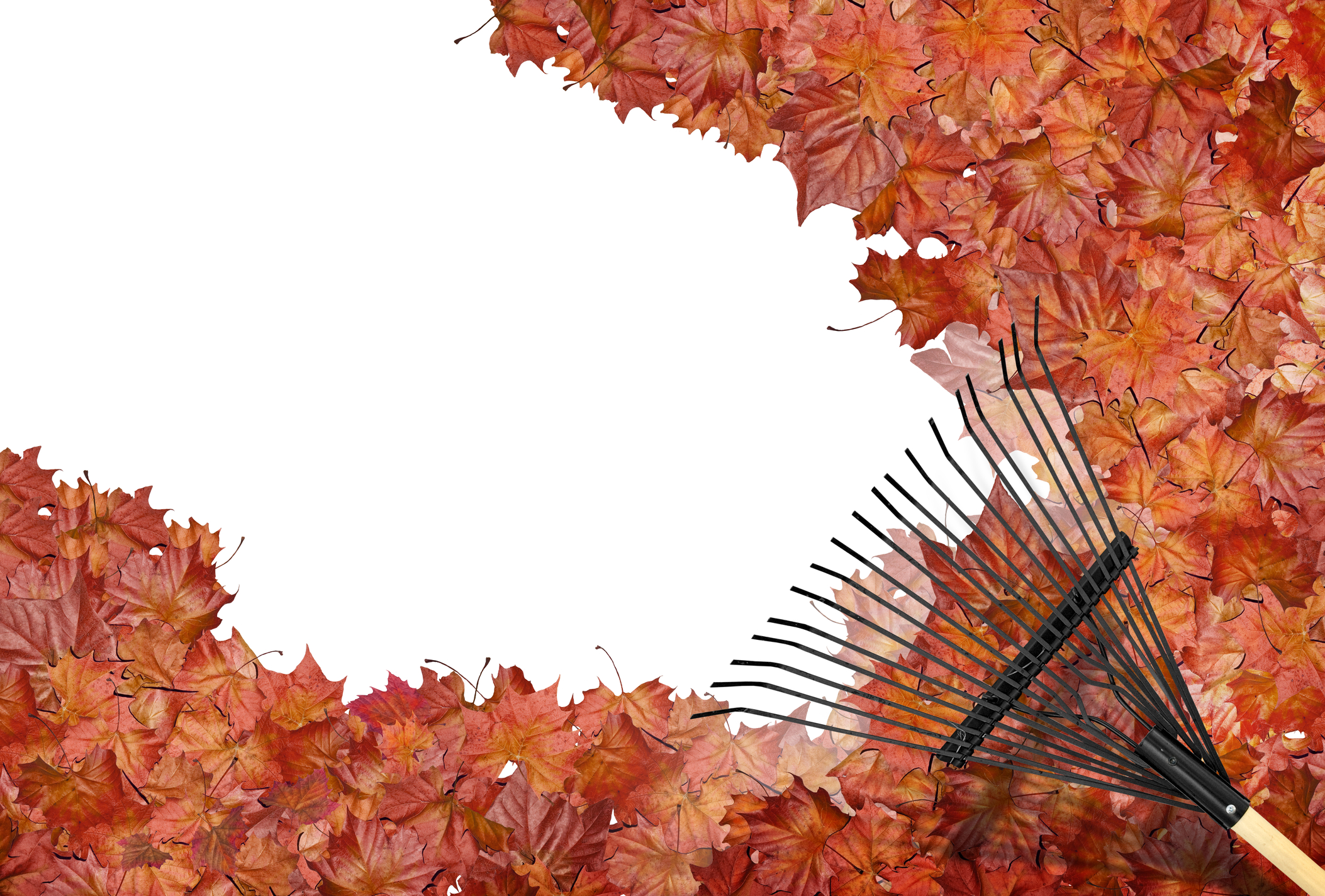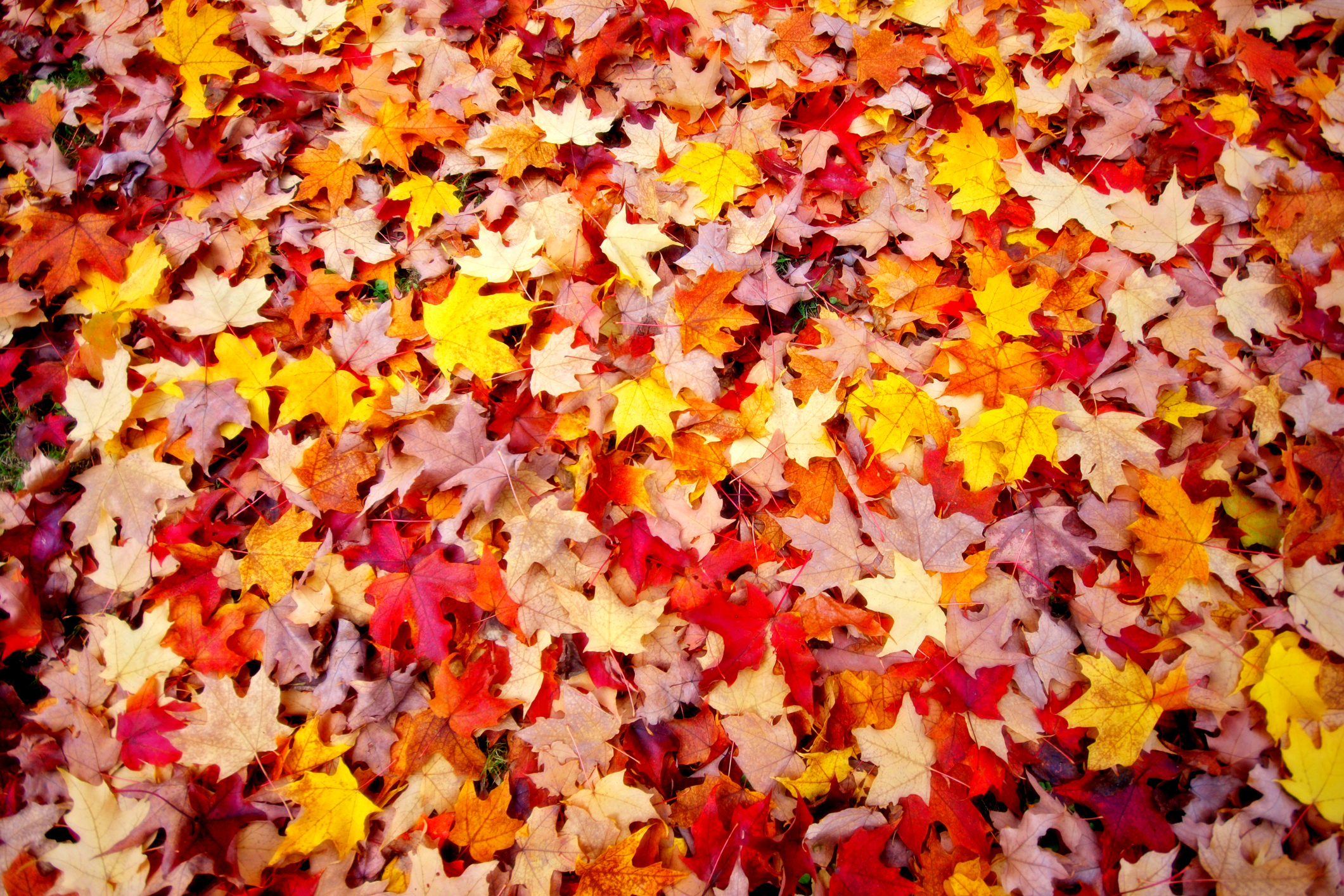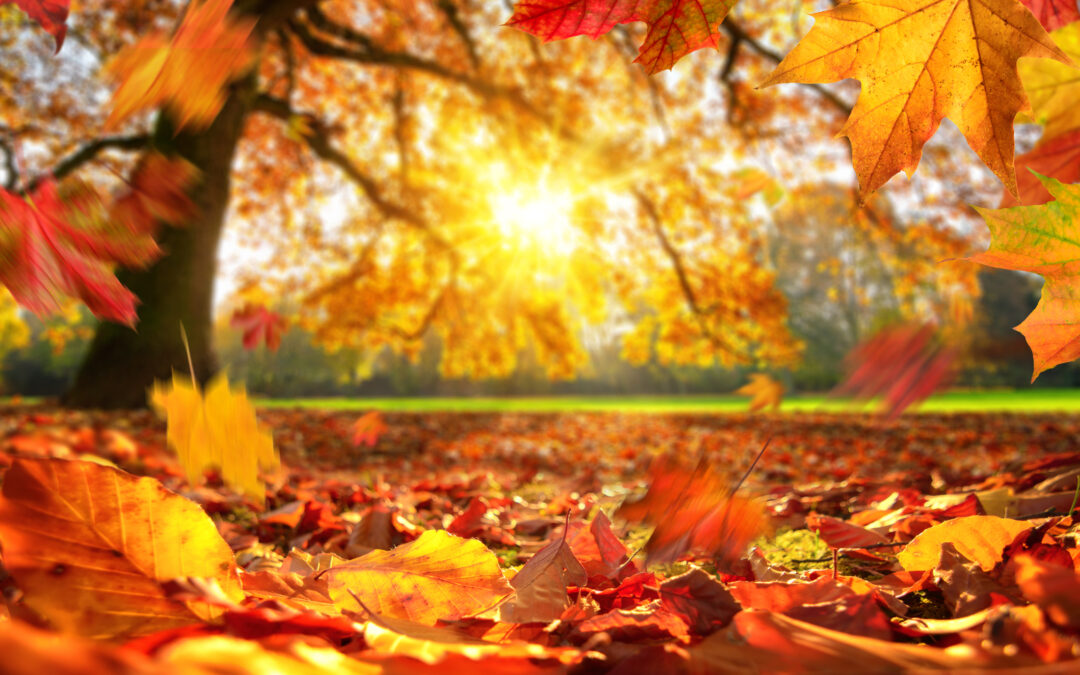==================
A Caveat and Affiliates
First off, a little caveat: within my articles you will find affiliate links, meaning if you buy them, I get a small commission. Your cost is not affected. In addition, I am an Amazon Associate and I earn from qualifying purchases on Amazon.
And yes, if I say that I recommend a product here, it means I truly believe it is a good product. I refuse to recommend any product that I have not researched and believe to be a good value.
Even better, I provide you with a very clear picture of the product, it’s use, and the probable value.
Earning your trust is important to me. I run this website myself and the commissions and donations help support the site.
Sound reasonable and fair enough? Let’s continue to the article.
==================
To Rake Leaves Or Keep Them
If You Don’t Rake Leaves
If You Rake Leaves

Benefits If You Don’t Rake Leaves
Advantages Of Leaf Raking

Do This Instead of Raking Dead Foliage
Have A Genius Way To Rake Leaves

